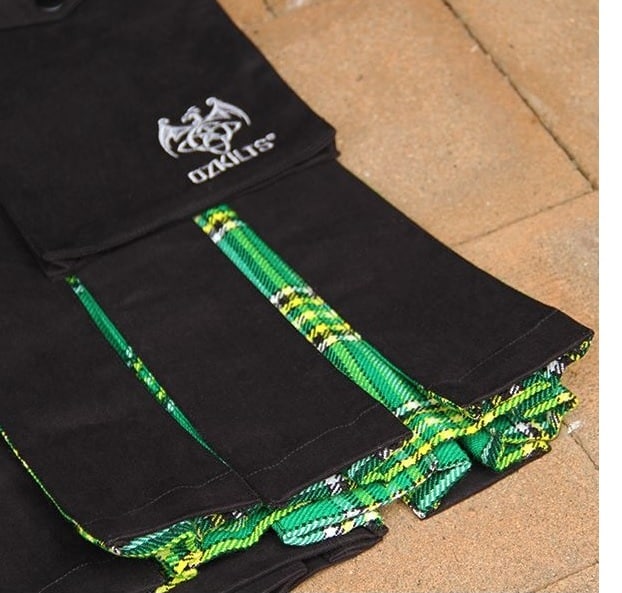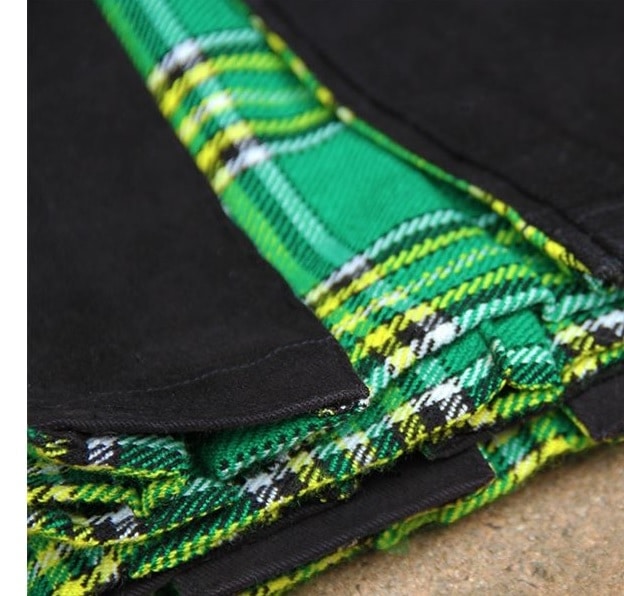Celtic Life International
Celtic Life was founded and developed by Angus M. (Marcie) Macquarrie over 30 years ago. It was relaunched in March 2012 as Celtic Life International, and being run by its current owner, Siobhan L. Covington.

Their flagship publication, Celtic Life International magazine, is published six times a year in both print and digital formats and is distributed internationally. The publication is currently based in Nova Scotia (New Scotland), an area with strong Celtic heritage on Canada’s east coast.
Their main thrust is celebrating Celtic lifestyle, heritage, and anything Celtic to connect with 400 million Celts spread across the globe. The book and periodical publication accepts writing contributions to their magazine, in which they require accurate, colourful writing that helps impart to their readers a deeper understanding, enjoyment, and appreciation of Celtic culture.
Today, they connect the Celtic dots all around the world, aiming to reconnect Celtic people with their history and heritage, and in creating a future for their global community.
Celtic Life International also operates an online shop, where they sell an array of tartan items, digital magazines, and Celtic cookbooks.
When you hear or read the terms Celts or Celtic, what first comes to your mind? Truthfully, on my end, the thought that they have such a rich and diverse culture, seems it might take a third of one’s life to take all in.
Admittedly, I am more familiar with listening to and enjoying haunting Celtic music than whom the Celts truly are or what being Celtic really is. So as I researched and write this article, may the fae guide us as we take a dive into the world of Celts!
The Awesomeness of Celtic Life
According to Celtic Life founder, Angus M. Macquarrie, as Celts they have an innate curiosity and an interest in their culture, which is a driving force behind what they do. Their goal is not merely to preserve their culture, but to pass it down to future generations, just like those who came before them did.
Today, Celtic Life International’s bi-monthly print and digital editions, recently revamped website, and strong social media channels reaches close to 2.5 million readers in 71 countries. This makes their community among the largest of its kind globally.
Not resting on their laurels, they have partnered with the biggest Celtic-themed events in the world. From its grassroots as an entirely family-run publication and its dramatic rise, it has remained true to its family roots and values. Celtic Life International is now an extension of their commitment to the global Celtic family.
Who are the Celts?
Questions like, which country do Celts come or originate from, or what did Celts actually call themselves during their era comes to mind. The term ‘Celts’ is a modern name that used to describe different tribes of people who first started their roots during the Iron Age, according to the Amgueddfa Cymru – Museum Wales, UK.
Early Celts rarely wrote about themselves, and what we do know of them comes mainly from the ancient Romans and Greeks. They were known as Keltai, Keltoi, or Galatai to the Greeks. To the Romans, they were known as Celti, Celtae, and Galli.
The first mention of the Celts appeared between 540 and 424 BC from the writings of Greek authors. However, the most valuable insights about the Celtic people are provided by Roman authors during the Roman expansion. The Romans came in direct contact with Celts on their northern borders.
It was believed that the Celts were a collection of tribes originating from Central Europe. Not one of the existing classical texts refer to the British or the Irish as Celts. Therefore, it is believed that they were more generally known by their clan name of their separate tribes or societies, as opposed to being a singular collective nation or empire.
Although coming from separate tribes, they had similar culture, traditions, religious and superstitious beliefs, and more importantly, language in common. During the 18th century, people who spoke Celtic languages were identified as being Celts, which incidentally included the British, Irish, and Scottish, among many.
Accordingly, Celtic languages are pretty much only found today in the British Isles, but they were once spoken throughout Europe. Stories say that there were approximately 16 Celtic languages to have ever existed. From these, only six Celtic languages are actively being spoken today: Scottish Gaelic, Irish, Manx, Breton, Welsh, and Cornish.
Celts, Kilts, and Ozkilts
Celtic men have a proud tradition of challenging traditional western standards of manliness. In Scotland and Ireland, for instance, the toughest and manliest of their lot are not those in leather pants and rocking out on their electric guitars and drum sets.
They wear kilts and blast their songs on bagpipes and snare drums. These men (and women) also perform feats of strength that leather-clad rockers would shy away from. The Highland Games are filled with these kinds of feats of strength.
When we talk of the Highland Games, one feature you will surely not miss out on is the presence of the kilt. Although kilts are not a traditional component of national dress outside Scotland and Ireland, kilts are popular among the Celts as a sign of their Celtic identity.
At Ozkilts, our fascination with kilts is not connected with an active or direct promotion of any heritage or culture, but an ode and/or homage to the tradition of kilt wearing. In a sense, our similarity with the Celts in promoting their heritage and culture, including their form of dress, is that we promote modern kilt wearing as a true symbol of manliness and masculinity. Without ties to any historical, and cultural norms, that is.
Similarly, Celts promote the tartan, we at Ozkilts promote modern utility kilts with zeal using high-grade cotton for maximum comfort. Traditional kilts on the other hand are constructed with wool utilising a tartan pattern.
Like the Celts, we are fascinated with Scottish, Irish, and Celtic cultures, which we draw high inspiration from. One such ode we have to prove this is with our St. Patrick’s Day Kilts, in honour of the Irish devotion to St. Patrick, one of Ireland’s patron saints.

Like their aim to connect Celtic dots across the globe with their publication and apparel, at Ozkilts, we aim to spread brotherhood, not just in Australia, through the simple act of wearing modern-day utility kilts.
One need not be Scottish, Irish, or Celtic to wear a kilt. But we advocate to wear its modern incarnation with respect, confidence, appreciation, and admiration from whence it was originally derived from.
You can’t go wrong in celebrating a culture that has transcended and endured the test of time. A culture that Celtic Life International aims to keep alive by connecting with Celtic people spread out across the world.
If you want to learn more about Celtic culture, the people, food, music, how they dress, their strong family ties and values, we enjoin you to visit Celtic Life International today. They are your window to peek in to know more about a rich and honourable culture.
Visit us at Ozkilts for quality handmade utility kilts.




